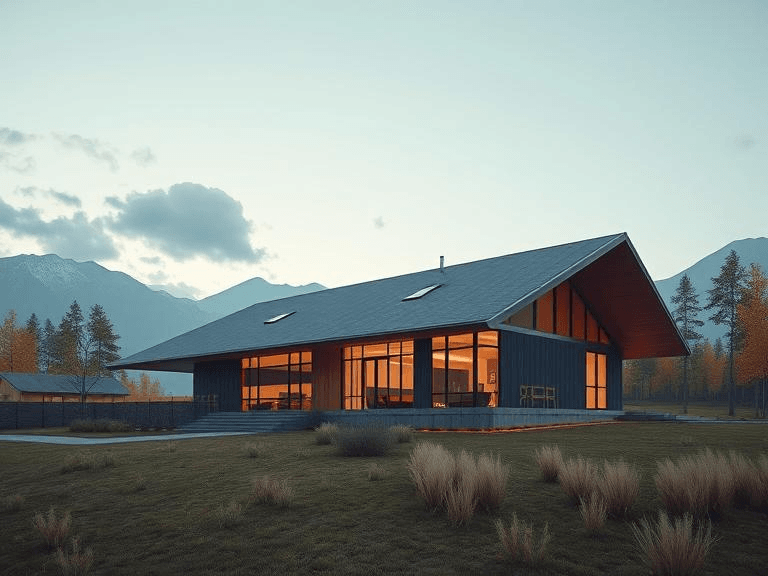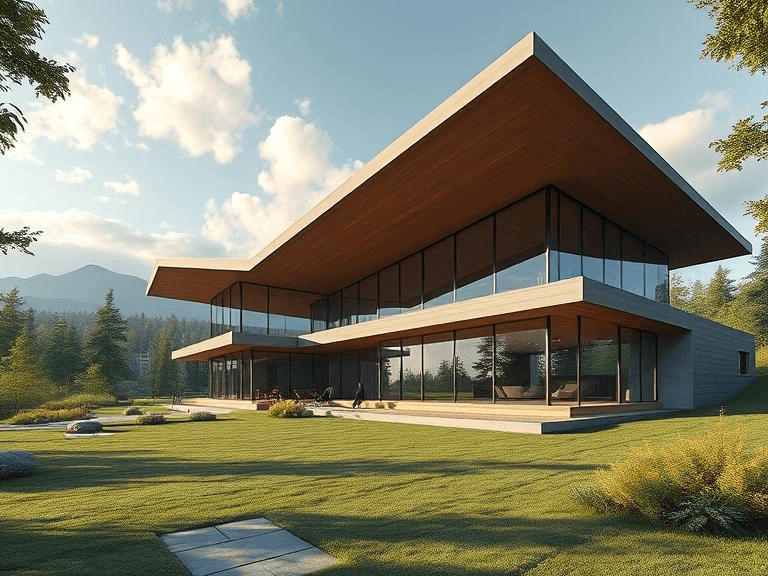
Flat roofs have gained popularity in both residential and commercial settings, largely due to their practicality and cost-effectiveness. However, numerous flat roof types exist, each with distinct materials and characteristics. Understanding these types is crucial for effective maintenance and repair. One of the most commonly used materials is Thermoplastic Olefin (TPO). TPO roofs are known for their energy efficiency and reflective properties, which can contribute to lower cooling costs. However, they can be susceptible to punctures and seams failures if not installed properly.
Another popular option is Ethylene Propylene Diene Monomer (EPDM), a synthetic rubber roofing membrane valued for its durability and longevity. EPDM roofs are typically available in black or white, giving property owners flexibility in terms of aesthetics and energy efficiency. Despite their robust nature, EPDM roofs may experience issues related to seam adhesion and degradation from UV exposure over time.
Polyvinyl Chloride (PVC) is another flat roofing option that features a single-ply membrane. PVC roofs are recognized for their strength and resistance to chemicals, making them an excellent choice for commercial buildings that may be exposed to harsh substances. However, PVC can be more expensive than other materials, and its welding process requires skilled labor for a proper installation.
Lastly, built-up roofing (BUR) consists of multiple layers of bitumen and reinforcing fabrics, offering a tried-and-true option with excellent waterproofing capabilities. Although BUR provides great durability, it can be heavy and may require additional structural support. Recognizing the specific type of flat roof on a property will aid homeowners and property managers immensely when implementing essential tips for flat roof repair, ensuring that the right materials and methods are used for maintenance and restoration efforts.
Common Issues with Flat Roofs
Flat roofs are a popular choice due to their modern aesthetic and practicality; however, they come with their unique set of challenges. One of the most prevalent issues is ponding water, which occurs when water accumulates in low-lying areas due to inadequate drainage. This standing water can lead to leaks and other significant structural problems if not addressed promptly. To identify ponding, homeowners should routinely inspect their roof for areas where water does not drain properly after rainfall.
Another frequent concern is leaks. These may develop due to various factors, including membrane deterioration or improper installation. Signs of leaks can manifest as water stains on the ceiling or walls within the building, indicating that moisture has penetrated the roofing system. Timely detection is crucial, as prolonged leaks can compromise the integrity of the entire roof and lead to costly repairs.
Cracks and blistering are also common issues that can arise with flat roofs. Cracks often form due to the natural expansion and contraction of roofing materials in response to temperature fluctuations. On the other hand, blistering occurs when moisture gets trapped under the roofing membrane, causing bubbles or blisters to form. Both conditions can jeopardize the roof’s waterproofing capabilities, leading to additional leak risks.
Lastly, membrane deterioration can significantly impact a flat roof’s longevity. Over time, the roofing membrane may become brittle due to exposure to UV rays or harsh weather conditions. Homeowners should inspect their roofs for signs of wear, such as cracking, peeling, or discoloration. Recognizing these warning signs early is essential in determining whether professional assistance is necessary for repair or replacement. By understanding these common issues, homeowners can take proactive steps to maintain the health of their flat roofs.

Step-by-Step Guide to Flat Roof Repair
Repairing a flat roof can seem daunting, but with a structured approach and the right tools, many common issues can be addressed effectively. This guide will walk you through the essential tips for flat roof repair to empower homeowners to undertake minor repairs safely and confidently.
Before starting any repairs, proper preparation is crucial. First, ensure you wear appropriate safety gear, such as gloves and non-slip footwear, to prevent accidents while working at elevated heights. Additionally, assess the weather conditions; repairs should ideally be performed on a dry day to allow for effective adhesion of materials.
The first step in the repair process is to identify the problem. Common issues on flat roofs include leaks, blistering, and seam failure. For a minor leak, inspect the area carefully for signs of wear or pooled water. Once the problematic area is located, gather necessary tools including a utility knife, roofing cement, a patching membrane, and a roller for even application.
For patching a leak, start by cleaning the area to remove debris and loose material. Cut a patch from the membrane material, ensuring it extends beyond the damaged area by at least two inches on every side. Apply a layer of roofing cement to the area and press the patch firmly into place, smoothing out any air bubbles. Finally, seal the edges with an additional layer of cement to secure the patch properly.
When replacing larger sections of roofing, the approach differs slightly. Mark the area for removal, cut around it, and carefully lift the damaged section away. Prepare the exposed surface by cleaning and applying new roofing membrane, following a similar patching method for securing seams.
In some instances, repairs may be too extensive or complicated for a DIY approach. If you encounter severe structural issues or extensive damage, it is advisable to consult a professional with experience in flat roof repair. By following these essential tips, you can tackle minor problems on your flat roof with confidence and skill.
Preventative Maintenance for Flat Roof Longevity
Proper maintenance is crucial for the longevity of flat roofs, ensuring they withstand various environmental pressures that can lead to wear and tear. Implementing a regular inspection schedule is one of the most essential tips for flat roof repair. Ideally, inspections should occur bi-annually, preferably in spring and fall. During these inspections, it is vital to check for signs of damage such as cracks, blisters, or pooling water, which can evolve into more significant issues if left unaddressed.
In addition to inspections, keeping gutters and drainage systems clear is imperative. Clogged gutters can lead to water accumulation on the roof, significantly increasing the risk of leaks and structural damage. Regular cleaning can prevent debris buildup, enhancing water drainage during rainstorms. Furthermore, performing minor repairs promptly is an effective strategy to enhance the lifespan of a flat roof. Addressing small cracks or damaged flashing early can avert the need for extensive and costly repairs down the line.
Seasonal preparations are also essential for flat roof maintenance. Before winter arrives, it is advisable to inspect the roof for any weak spots that may fail under the weight of snow. Adding insulation can prevent ice dams and the related moisture problems that freezing temperatures can inflict. Similarly, as summer approaches, applying a reflective coating can help mitigate heat damage by reducing solar absorption, thus prolonging the roofing materials’ integrity.
By establishing a consistent maintenance routine that incorporates these preventative measures, property owners can safeguard their investments in flat roofs. Such diligent care not only reduces the frequency of repairs but ultimately enhances the overall longevity and performance of the roofing system, allowing it to function optimally for years to come.


